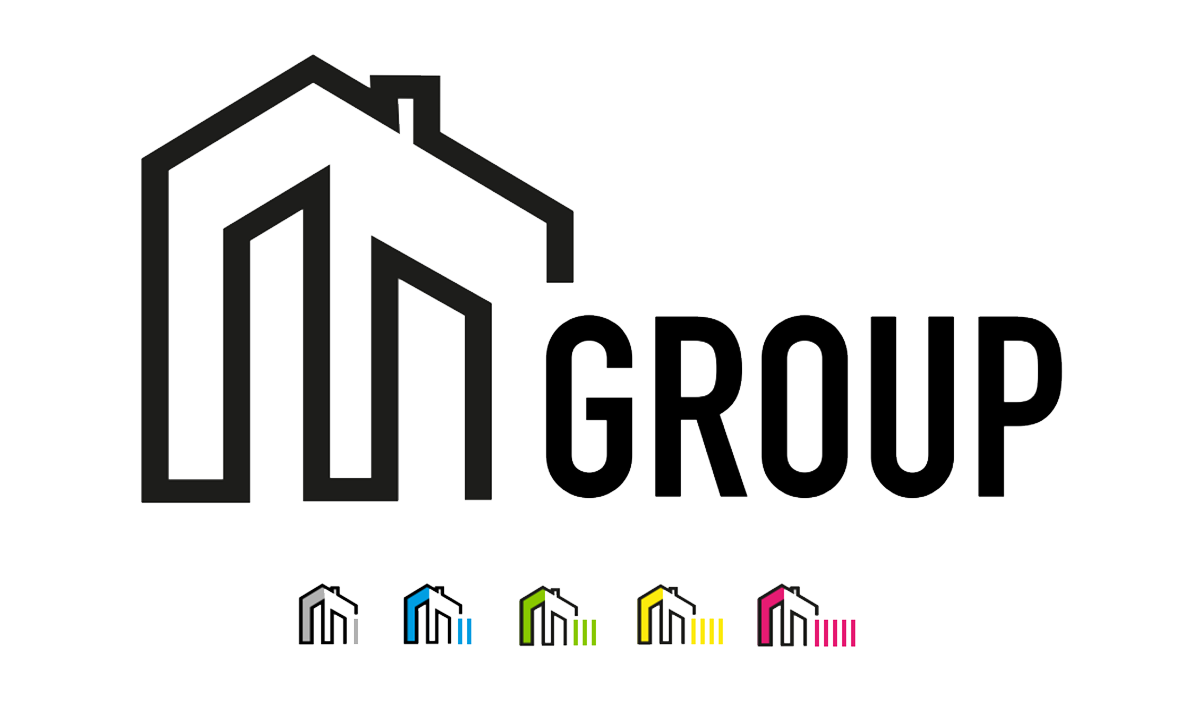What Size Scaffold Tower Do I Need?
Choosing the right size scaffold tower involves assessing your requirements carefully. It is essential to put safety ahead of any other considerations, even if that means making a more significant investment.
Generally, a bigger tower will cost more, but it will also allow you to get the proper access to complete your job safely. Getting the right size will also mean you can complete the job efficiently and get it done faster, saving some money in the long run.
Let’s look at the different factors that influence what size scaffolding you need for your job.

Safety vs Cost of Scaffolding
Scaffolding can be a big chunk of a job’s overall costs, especially if you need access to high heights. However, you should know that the price reflects the materials and features that go into the scaffolding structure to provide a stable, durable and secure platform for your workers.
There are European Safety Standards that can assure you about the legitimacy of scaffolding. Look out for a BS EN1004 tower to ensure that all the correct standards have been met.
You want to think about choosing scaffolding equipment that:
- Have platforms designed to be assembled with the tower
- Includes stabilisers
- Has safe access to the scaffolding
- Features safe distances between the rungs of the ladders and surfaces that are slip-resistant
- Has built-in guardrails
It would help if you also considered that scaffolding is only as good as the experience of the fitters. Choosing a company that can assemble and dismantle scaffolding properly will ensure that all safety requirements have been considered.
A reputable scaffolding company will ensure that all its workers are health and safety compliant.
Why do you need scaffolding?
The size of your scaffolding will depend on your requirements. Different sizes and configurations will be appropriate for roofing, building or rendering.
You need to think about the number of workers who will be using the scaffolding simultaneously. The size of your team will influence how sturdy the structure needs to be to bear its combined weight safely.
Don’t forget to think about any equipment used on the scaffolding as that can add to the weight-bearing requirements. The working tensile load that a steel scaffold tube will carry is around 79 kN (about 8 tonnes).
You will need to choose between a platform that covers your site with access between areas on the platforms or whether you will be moving a single platform between different areas. A more extensive scaffolding set-up will cost more but may allow your project to be completed more quickly.
How high do you need your scaffolding to reach?
Height is a significant factor when choosing your scaffolding. You need your workers to reach the tallest points of your build without overstretching and risking injury or falls.
Getting the height prediction right will mean that workers will have a secure, stable base to access all areas of the building they are working on. This will determine the height of the scaffolding.
Platform / Working Height
You need to understand the difference between the height of a scaffold platform, tower height and working height.
- Working Height: This is the height of the platform added to an average person’s height. This is the height that a worker will be working at when standing on a platform. It is the maximum height that a worker will be able to reach safely.
- Platform Height: This is an accurate measurement of the height of a scaffold platform. It is measured from the ground.
- Tower Height: Safety rails will usually extend above the scaffolding platform, and this will often be used as the overall tower height. Remember that this will be higher than the tallest platform.
When you talk about the height of scaffolding, you need to be very clear about which measurement you are using to ensure that you end up with the correct size scaffolding. An experienced scaffolding company will be able to assess your needs and build a bespoke scaffold tower that suits all your needs.
Floor Area for Scaffolding
It isn’t just height that dictates the size of your scaffolding. The floor area available to set up the frame will also influence the size of the scaffolding base, otherwise known as the plan.
- Stability: It seems logical to assume that a 1.8m x 1.2m Base Size tower will be more stable than a 1.2m x 1.2m tower. However, you should know that the smaller of the dimensions dictates the stability of the structure so as both sizes include a smaller measurement of 1.2m, they would be equally as stable.
- The shape of the Base: Generally, a rectangular scaffold tower means that you can only fix a platform on every other lift due to the alternating frame size. A square shape will allow you to fix a platform at every lift.
A simple survey will allow you to identify any obstacles or problems that will affect the type and size of the scaffolding base chosen. No scaffolding tower should be built with a base dimension of less than 1.2 m.
An uneven floor can be a risk for instability, so a larger base may be needed to access more stable ground. Obstacles such as a wall or a road may limit the width or breadth of the scaffolding.
An indoor site may provide fewer hazards, although there may be some limitations from existing fittings. Outdoor locations may need to accommodate large machinery.
Your set-up may also require stabilisers or tying in to increase the security of the scaffold. Usually, 4ft wide towers need to improve their stability by adding stabilisers (or tying-in) above a platform height of about 3.7m. Smaller 1.2m wide towers require stabilisers above a platform height of 1.8m.
Your aim should be to provide an ideal ground area that will support the scaffolding safely. Careful adjustment may be required to the supporting legs to give an even surface.
Why choose a scaffolding company to get the right size?
Scaffolding companies like M1 Scaffolding have many years of experience planning, building and assembling scaffolding in a wide range of domestic and commercial settings. Our expertise allows us to work out all the factors that influence the choice of size and ensure that all the health and safety considerations are considered.




